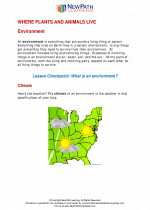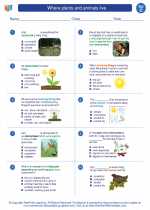Periodic Table
The periodic table is a tabular arrangement of the chemical elements, organized by atomic number, electron configuration, and recurring chemical properties. The elements are presented in order of increasing atomic number, which reflects the number of protons in an atom's nucleus.
Structure of the Periodic Table
The periodic table is divided into periods (rows) and groups (columns). The periods represent the number of electron shells in an atom, while the groups represent the number of valence electrons in an atom.
Key Features of the Periodic Table
- Atomic Number: The number of protons in an atom's nucleus.
- Symbol: A one or two-letter abbreviation used to represent an element.
- Atomic Mass: The average mass of an element's isotopes, taking into account their abundance.
- Group: Elements in the same group have similar chemical properties due to their similar valence electron configurations.
- Period: Elements in the same period have the same number of electron shells.
Study Guide
When studying the periodic table, it is important to focus on the following aspects:
- Memorize the first 20 elements and their symbols.
- Understand the organization of periods and groups.
- Learn the properties of different groups of elements, such as alkali metals, halogens, and noble gases.
- Practice using the periodic table to predict properties of elements and their compounds.
By mastering the periodic table, you will gain a foundational understanding of the properties and behaviors of the elements, which is essential for further studies in chemistry and related fields.
.◂Science Worksheets and Study Guides Third Grade. Where plants and animals live

 Worksheet/Answer key
Worksheet/Answer key
 Worksheet/Answer key
Worksheet/Answer key
 Worksheet/Answer key
Worksheet/Answer key
 Vocabulary/Answer key
Vocabulary/Answer key
 Vocabulary/Answer key
Vocabulary/Answer key
